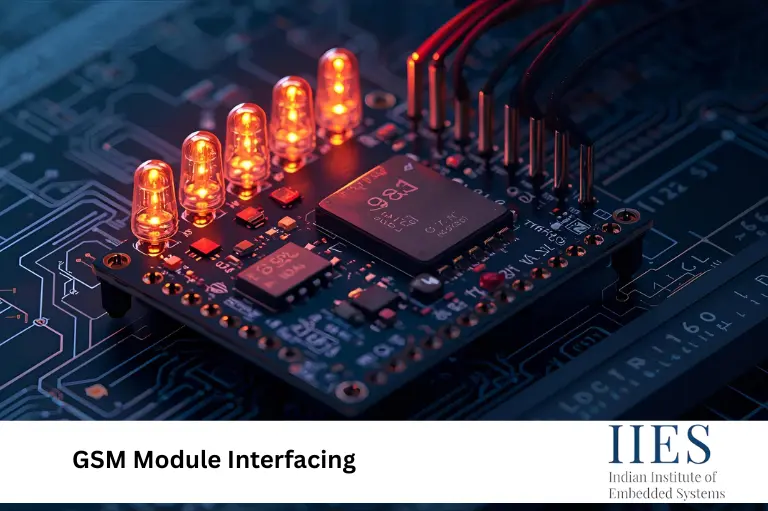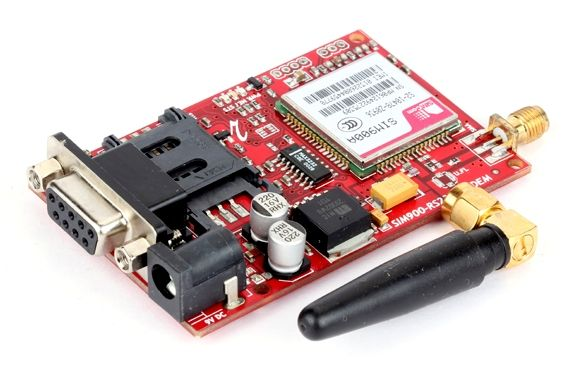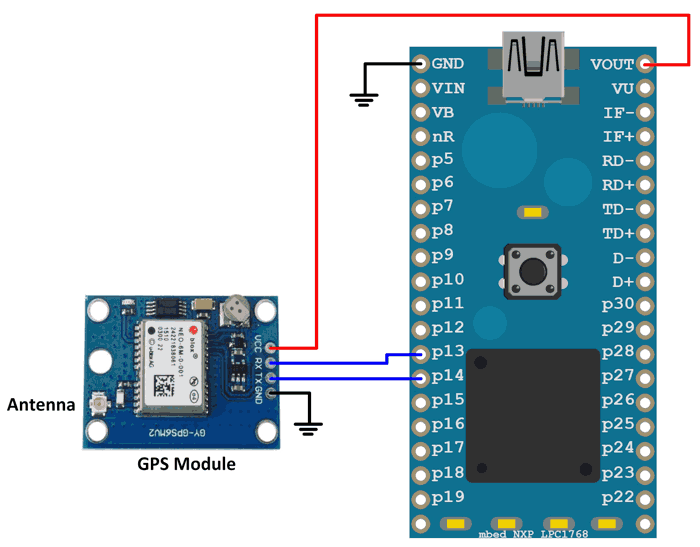
GSM Module Interfacing with LPC1768 plays a crucial role in embedded systems and IoT by enabling reliable and scalable mobile communication solutions. By using the LPC1768 microcontroller with GSM modules like SIM300, and leveraging AT commands for GSM modules along with standard communication protocols, developers can create real-time SMS, call, and remote monitoring systems. Understanding the GSM module working principle is essential for building efficient and high-performance IoT and embedded applications.
GSM Module Interfacing empowers developers to send SMS, make calls, and integrate remote monitoring with LPC1768. From SIM300 GSM module setup to AT command execution, mastering these fundamentals ensures robust, scalable, and reliable communication for IoT and embedded projects.
GSM (Global System for Mobile Communication) is the standard used in most mobile networks worldwide. It enables voice calls, text messaging, and basic data communication. GSM Module Interfacing refers to connecting a microcontroller, such as LPC1768, to a GSM module like the SIM300 GSM module so it can interact with mobile networks and exchange data.
Key purposes of GSM module interfacing include sending and receiving SMS automatically, initiating voice calls from a controller, monitoring and alerting in IoT-based systems, and remote data collection in industrial applications.
Understanding the difference is important:
| Feature | GSM Mobile | GSM Module |
| Purpose | Personal communication | Microcontroller communication |
| Requires an external controller | No | Yes |
| AT Command support | Limited | Full support via GSM at the command list |
| Flexibility | Low | High (IoT, monitoring, automated SMS) |
| Examples | Any smartphone | SIM300 GSM module, SIM800 |
The GSM module’s working principle is based on receiving AT commands from a microcontroller, executing them, and responding with data or confirmation. The module manages network protocols and low-level cellular communication, simplifying the process for developers.

The SIM300 GSM module is a widely used tri-band GSM/GPRS solution. Key features include:
AT commands allow you to control GSM modules. “AT” stands for Attention and originates from the Hayes command set. Key operations include:
| AT Command | Function |
| ATD | Dial number |
| AT+CMGF | Set SMS text mode |
| AT+CMSS | Send SMS from storage |
| AT+CMGL | List SMS messages |
| AT+CMGR | Read SMS message |
| AT+CSCA? | Get SMS Service Centre Address |
| AT+CPMS | Select memory storage |
| AT+IPR=0 | Set automatic baud rate |
| AT+SMGF | Choose PDU or Text mode |
Proper interfacing ensures reliable UART communication between LPC1768 and GSM modules.

| GSM UART | LPC1768 Controller |
| TXD1 | P0.16 |
| RXD1 | P0.15 |
#include
int main() {
// Initialize UART
// Send AT commands to select SMS mode
// Send SMS using AT+CMGS
return 0;
}
GSM Module Interfacing with LPC1768 is essential for building reliable embedded systems and IoT applications. By understanding the GSM module working principle, using correct AT commands, and following proper pin configuration, developers can send and receive SMS, make voice calls, implement remote monitoring, and build automated IoT systems.
It is connecting a microcontroller to a GSM module to send/receive messages or data over mobile networks.
The SIM300 GSM module is widely used due to its tri-band support and compact size.
AT commands are instructions sent to the module to perform operations like sending SMS or making calls.
Yes, they are ideal for GSM-based monitoring systems, remote notifications, and automated alerts.
A GSM module requires a microcontroller to function and offers full AT command control for automation, whereas mobile phones are standalone devices.
Indian Institute of Embedded Systems – IIES